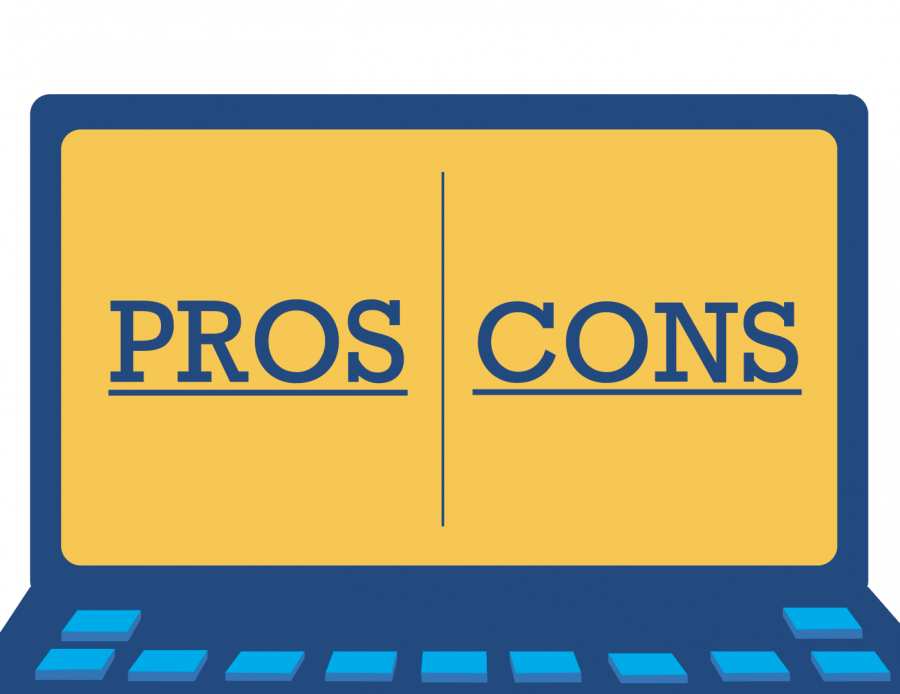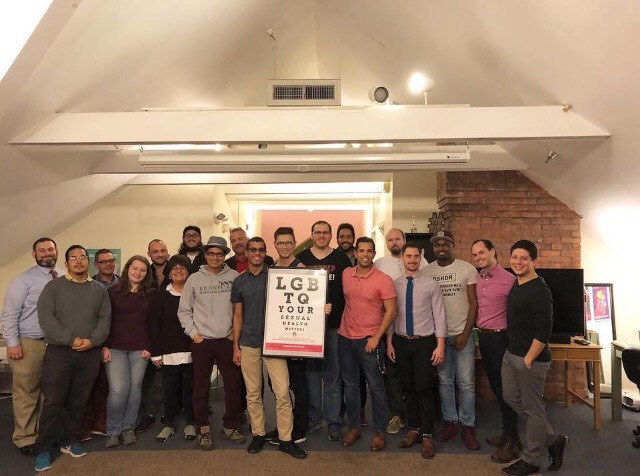A group of health specialists from the Institute of Medicine believe the food industry should be required to print obesity-related nutrition information on the front of food packages, according to a mid-October report released by the association.
Explicit warnings against nutrients responsible for obesity, such as calories, saturated fat, sodium, and trans fat, would help individuals determine truly healthy products from the sea of foods advertised as nutritious. In response to the claim that food companies often overemphasize the nutritional values of products, William Neuman, reporter for The New York Times, points to the marketing ploys used by these retailers.
“Many of the methods, often accompanied by checkmarks or snappy logos, have been criticized for trumpeting the beneficial aspects of packaged foods, like vitamins or fiber content, while ignoring less appealing ones, like high sodium or sugar levels,” Neuman said.
The Institute’s report, which aims to assist the F.D.A. and Congress in figuring out how to deal with certain labeling practices, stresses the importance of detailing harmful nutrients on the front of a package and entirely leaving out beneficial ones. According to the report, the current labeling system allows food companies to add unnecessary nutrients to their products in order to achieve a higher score.
The ideas represented in the report are being taken seriously. The F.D.A. is currently in the proposal-phase of standardizing nutrition labels on the front of packages. The proposal states that the front label should serve as a dietary summary and should not replace the more detailed nutrition information found on the back of the product.
Marion Nestle, a nutrition professor at New York University, said that the few nutrition facts provided on the front of products now simply provide consumers with what they want to see. She believes the food industry would be hesitant to focus on a label that called attention to nutrients the public wants to avoid.
“If it weren’t about marketing,” Nestle said, “all this stuff would go off the packages and we would go back to packages that just said what the products were.”









